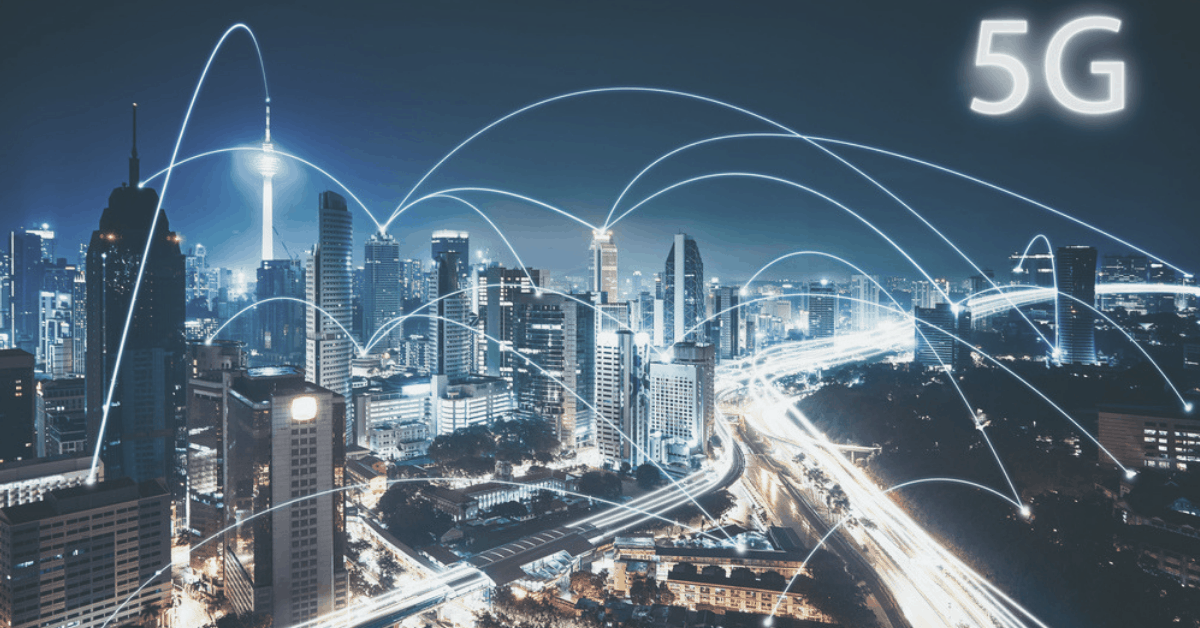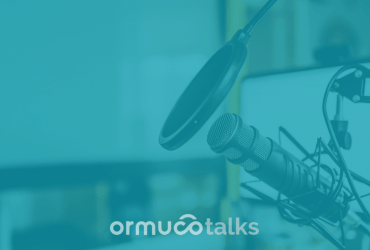5G is coming, and this new wireless technology has the attention of the entire world. Some have gone as far as to say that 5G could supplant traditional physical networks delivered through fiber and cable ISPs.
But it’s important to separate the reality from the hype. So, in this article, we’ll be taking a look at the basics about 5G, and the ways in which it is (and isn’t) poised to disrupt the world of information technology.
Understanding the Evolution of Mobile Networks
5G is the latest in a long line of wireless mobile standards, the latest of which is 4G-LTE (Long Term Evolution). Here’s a brief history of mobile networks, as we know them. (1)
- 1G – This refers to the very first cell phone networks, which supported only voice signals. The very first 1G network was launched in Japan in 1979.
- 2G – 2G brought with it the development of the mobile cell phone as we know it, using the GSM standard. Voice and data signals could now be transferred over the network. It first emerged in the early 1990s. Over time, 2G developed to include EDGE technology and GPRS, allowing it to transfer data at speeds up to 374 kbit/s.
- 3G – 3G was when mobile “broadband” was introduced, in the early to mid-2000s. HSDPA (High-Speed Download Packet Access) was also introduced, boosting data transfer speeds to up to 14.0 Mbit/s.
- 4G – This is, essentially, an extension of 3G technology, which supports extremely high bandwidth transfer speeds, even for streaming HD video. It was released commercially in 2010. The LTE standard is the most popular 4G standard, which can reach 100 Mbit/s download and 50 Mbit/s upload.
- 5G – The 5G standard is still being developed, but is expected to be able to deliver download speeds of up to a gigabit, with lower latency, better energy efficiency, a larger wireless traffic capacity, and much more. Worldwide commercial launch is expected to begin in 2020.
The New Features of 5G
5G will have a number of new features, compared to traditional 4G-LTE networks, such as:
- Lower battery consumption – The 5G network will be more energy-efficient, allowing for connections of all kinds to be made with lower overall power consumption and battery usage.
- Consistent, uninterrupted connectivity – 5G signals will be much more reliable than older types of cell signals. This is the primary reason that some people think 5G will be a viable alternative to cable networks. Lower latency and consistent connectivity will allow wireless networks to provide 100% reliable service.
- Much higher capacity – Capacity restrictions are often a problem for wireless providers in large, dense areas. But 5G is expected to have a capacity of 1000x more than a 4G network, ensuring all users can stay connected.
- Faster bandwidth – As mentioned, 5G is expected to have peak data transfer rates exceeding 1Gbps, making it even faster than the most sophisticated existing wireless networks, such as LTE-Advanced.
The Benefits of 5G for IoT Applications
As you can see from some of the above features of 5G, it has obvious benefits for the Internet of Things (IoT). These include:
- Dedicated low-power bands – 5G builds upon current wireless low-power standards like NB-IoT (Narrowband IoT) and LTE-M (LTE Cat-1) technologies. These existing technologies already offer extremely low-power data transmission, so 5G will improve this even further.
- Consistent and reliable connectivity – 5G is meant to include features for massive Machine Type Communications (mMTC) and Low Latency Communications (URLLC). These will ensure that IoT device are always available and offer consistent connections, and that signal loss is eliminated completely.
- Lower battery usage – 5G will enable IoT devices to communicate with networks while sipping power, boosting battery life beyond 10 years and potentially even further in low-power IoT devices like sensors and trackers.
3 Use Cases for 5G – And How It Improves Existing Architectures and Network Transfers
Wondering how 5G could help improve the performance of real-world systems? Here are just 3 potential use cases for 5G that show its power, and how it will disrupt IT.
- Autonomous transportation – It could be argued that a successful implementation of 5G technology will be absolutely mandatory for autonomous vehicles like cars and trucks to be implemented. This is because these vehicles will require a massive amount of data, and if every car on the road includes automation features, current network bandwidth simply will not be enough to keep up. But 5G would allow wireless networks to have a large enough capacity and data transfer rate to keep up with the autonomous systems of the future.
- Expanded sensor networks – This may be the biggest area where 5G is expected to disrupt the world of IoT. Some folks predict that there may be as many as 50 billion IoT devices by 2020, and the low-power and high-reliability architecture of 5G technology will make IoT sensor networks even more attractive – to agricultural companies, industrial manufacturers, shipping companies, and so much more.
- Augmented and virtual reality – Currently, augmented and virtual reality systems are constrained by the limitations of networks, and latency. Delays and errors are quite common, so interactivity is limited. But with higher network transfer speeds and capacities, augmented reality could become a fact of day-to-day life – the improved data rates and reliability of the architecture will allow for seamless human-to-machine interactions.
Know What to Expect from 5G Disruption!
It remains to be seen what effects 5G will truly have on IT. The standard has not yet been widely deployed, so its scope and the specifics of its architecture are still subject to change.
However, these predictions are likely to be true. As our world continues to become more connected, faster speeds and more reliability are paramount to innovation – and this is what 5G delivers for both end-users and consumers, and in IT applications.
So start thinking about 5G now, and consider how you may be able to use it to your advantage in your company! At Ormuco, we’re ready for it. You can read more about the edge computing/fog computing opportunities we’ve been working on.






